
© Shingo Ito/Agence France-PresseUS dolphin activist Ric O'Barry, the central figure in the Oscar-winning documentary The Cove, protests against dolphin hunting in Taiji in Wakayama prefecture, western Japan on November 2, 2010.
But the dolphin-hunt boats returned to Taiji's port -- thrust into the global spotlight in the Oscar-winning 2009 documentary
The Cove -- having failed to trap any of the mammals.
"Twelve boats set out for the hunt, but they returned with no catch," a Taiji fisheries spokeswoman told AFP.
They will set sail again on Friday if the weather allows, she added.
The six-month season was due to start Tuesday.
In the annual hunt, people from the southwestern town corral hundreds of dolphins into a secluded bay and butcher them, turning the water crimson red.
The scene was featured in
The Cove documentary, drawing unwanted attention to the little coastal community.
Environmental campaigners visit the town every year to watch the gruesome event and authorities have boosted their presence to prevent any clashes between locals and activists.
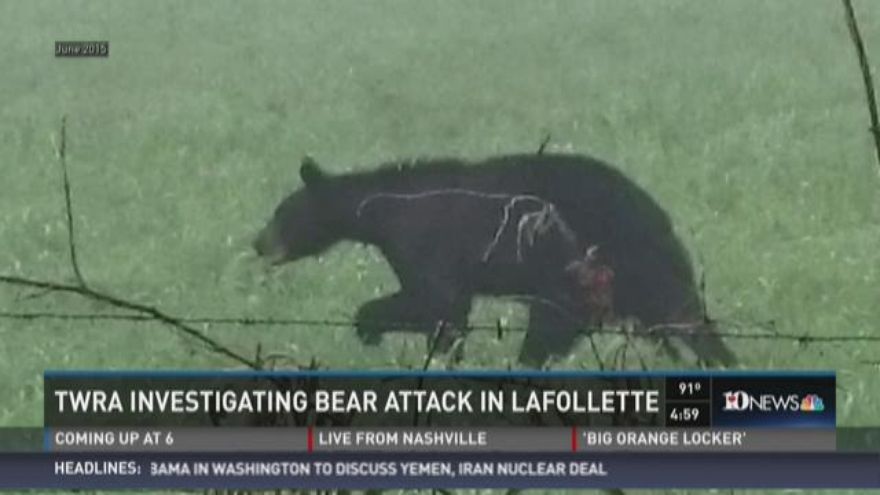
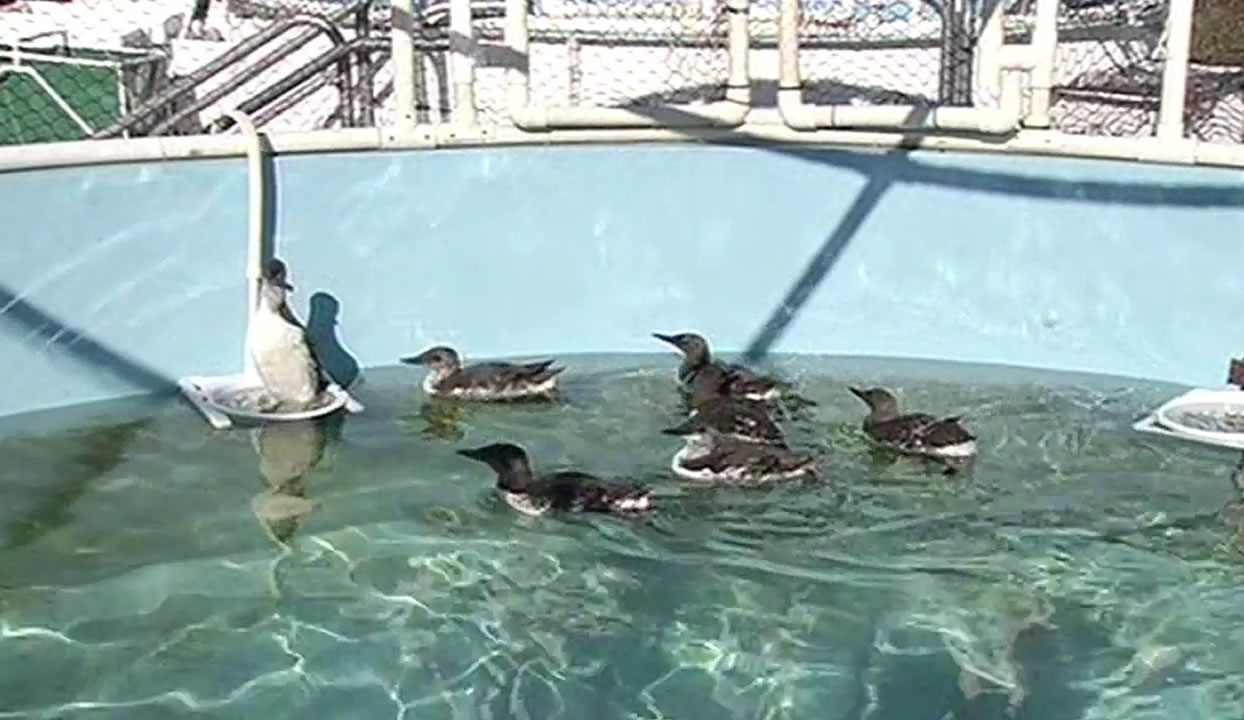
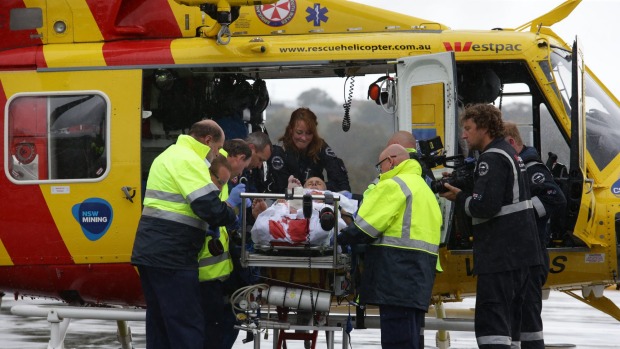
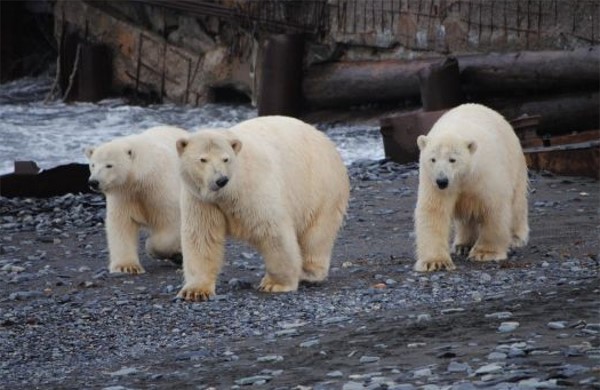
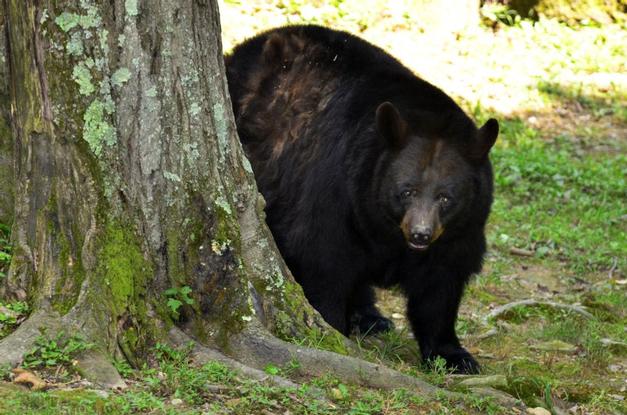
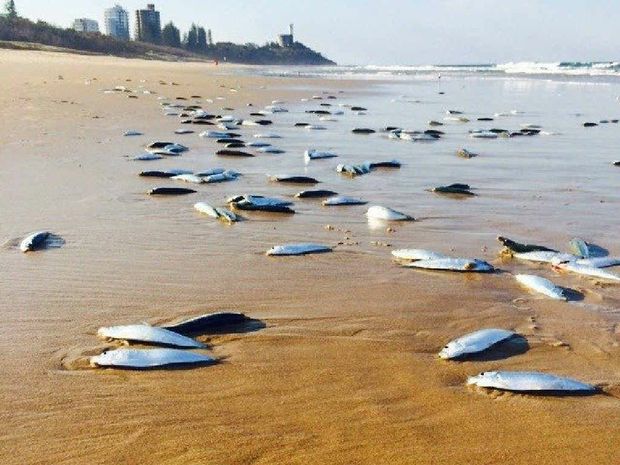
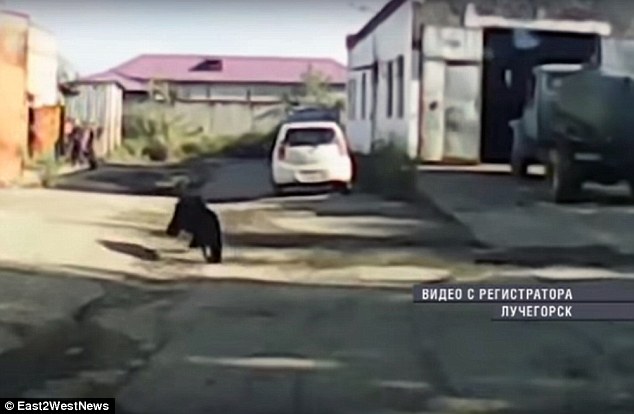

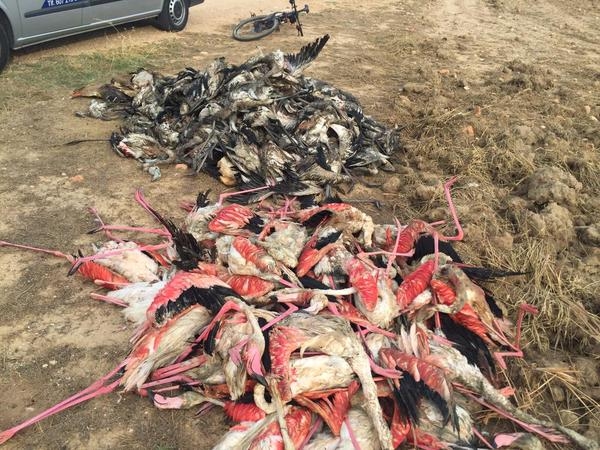
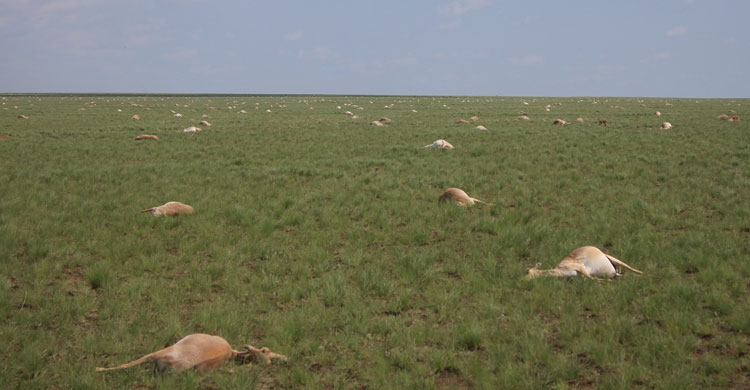



Comment: See also these similar recent reports of dead seabirds found along the western seaboard of North America: Hundreds of seabirds wash up either dead or dying along the Oregon and Southwest Washington Coast
Dozens of dead seabirds found on beaches around Homer, Alaska